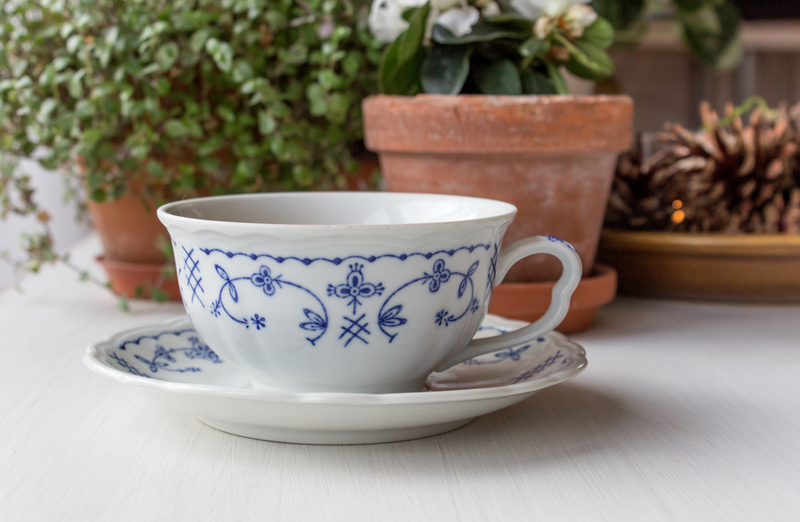Giving Waste a Second Chance with Creative Upcycling Techniques
In a world increasingly concerned about environmental impact and sustainability, finding innovative ways to manage and reduce waste has never been more important. One powerful approach that is gaining traction is upcycling--transforming discarded materials into valuable, functional, or aesthetically pleasing items. This comprehensive guide explores the fascinating world of creative upcycling techniques, demonstrating how you can give waste a second chance and contribute positively to the planet.

What is Upcycling and Why Does It Matter?
Upcycling is a process that involves taking items that are no longer needed or are considered waste and creatively repurposing them into new products of higher quality or value. Unlike recycling, which often breaks materials down into their raw state, upcycling extends the life of objects in their current form, minimizing the energy and resources used.
- Environmental Impact: Upcycling reduces the demand for new raw materials and diverts waste from landfills.
- Energy Conservation: It uses less energy compared to standard recycling processes.
- Unique Aesthetics: Upcycled products often possess a distinctive style, blending vintage charm with contemporary flair.
By embracing creative upcycling practices, individuals and communities can make a significant difference in moving toward a more sustainable and circular economy. Let's delve deeper into the benefits and explore proven techniques for giving waste a second chance.
Benefits of Creative Upcycling
1. Reduces Environmental Footprint
Upcycling not only keeps waste out of landfills but also lessens the need for new resources. This, in turn, helps combat pollution and curtails the extraction and processing of virgin materials, which are often energy-intensive.
2. Sparks Creativity and Innovation
Turning waste into something functional or beautiful requires imagination. Creative upcycling techniques challenge us to look beyond an object's original purpose and envision what it could become.
3. Economic Advantages
*Upcycling* can save money by allowing individuals to craft much-needed items using what they already have. Artisans and small entrepreneurs can also profit by selling one-of-a-kind upcycled items.
4. Fosters Community and Social Good
Community upcycling projects bring people together, raise environmental awareness, and provide opportunities for skill-building and collaboration.
Top Creative Upcycling Techniques to Try
Ready to get hands-on with upcycling? Here are some innovative ways to give waste a second chance using both simple and advanced methods.
1. Upcycling Furniture
Discarded or worn-out furniture can often be restored or transformed with a bit of creativity:
- Repainting or Stenciling: A fresh coat of paint or decorative stencils can breathe new life into old chairs, tables, or cabinets.
- Repurposing Parts: Use old drawers as wall shelves or transform a wooden headboard into a rustic bench.
- Adding Functionality: Turn a vintage suitcase into a stylish coffee table or pet bed.
2. Textile Upcycling
*Textiles* are among the most common waste items. Instead of throwing away old clothes or linens, explore these creative options:
- Patchwork Creations: Stitch scraps into quilts, pillow covers, or tote bags.
- Fashion Accessories: Transform t-shirts into trendy bags or jewelry.
- Rag Rugs: Weave fabric strips into colorful, durable mats.
3. Jar and Bottle Upcycling
Glass jars and bottles can be reinvented in countless ways, offering both utility and aesthetic value:
- Candle Holders: Turn jars into charming tealight holders using paints or decorative elements.
- Planters: Use bottles as mini gardens for succulents or herbs.
- Storage Containers: Repurpose jars to organize everything from spices to office supplies.
4. Upcycling Pallets and Wood
Discarded pallets and wood are excellent materials for creative upcycling projects:
- Outdoor Furniture: Build benches, tables, or plant stands.
- Wall Art: Assemble wood scraps into unique art pieces or frames.
- Shelving: Create floating shelves or storage crates.
5. Metal and Tin Can Art
Metal scraps and tin cans can become vibrant decor or functional tools:
- Lanterns: Punch holes in tin cans to create intricate patterns for lanterns or candle holders.
- Garden Markers: Use tin can lids to make plant markers for your garden.
- Organizers: Stack and decorate cans for office or kitchen storage.
Advanced Upcycling Techniques for the Ambitious
Electronics Upcycling
Gadgets and electronics often become obsolete quickly. Creative upcycling techniques can help reclaim value from such items:
- Circuit Art: Use old circuit boards to craft jewelry or wall art.
- Lamps and Clocks: Transform computer parts into eye-catching desk lamps or clocks.
- Retro Gaming Consoles: Refurbish old consoles for modern entertainment or as nostalgic showpieces.
Plastic Upcycling Innovations
With plastic pollution a global concern, upcycling offers inventive solutions:
- Eco-bricks: Fill plastic bottles with clean, non-organic waste to create modular building materials.
- Vertical Gardens: Cut and mount bottles to walls or fences for vertical gardening systems.
- Art Installations: Create large-scale art or community displays using colored plastic lids or bottles.
Tips for Successful Upcycling Projects
- Start Small: Begin with manageable projects to build skills and confidence.
- Choose Quality Materials: Select durable waste items with potential for transformation.
- Clean Thoroughly: Clean all materials to ensure safety and a polished end result.
- Use Safe Tools: Always prioritize safety when working with sharp tools, adhesives, or paints.
- Personalize Your Projects: Add unique touches--such as personal colors, initials, or designs--to make creations one-of-a-kind.
The Role of Upcycling in the Circular Economy
Creative upcycling is a cornerstone of the circular economy, where products and materials are kept in circulation at their highest value for as long as possible. By extending the life of objects, upcyclers help create a loop that minimizes waste and maximizes use. Industries, governments, and communities can collaboratively integrate upcycling initiatives to:
- Reduce Greenhouse Gas Emissions through minimized production and landfill waste.
- Encourage Sustainable Consumption by educating the public about the value of reused materials.
- Inspire Innovation in product design for easier repair, reuse, and upcycling.
How to Get Involved with Upcycling
At Home
- Host Swap Parties: Exchange unused items with friends to discover new upcycling prospects.
- DIY Workshops: Attend classes or start projects with family and friends to learn new upcycling techniques.
- Online Inspiration: Explore video tutorials and blogs for project ideas and step-by-step guides.
In the Community
- Community Workshops: Join or organize local upcycling events and repair cafes.
- Collaborate with Schools: Initiate student projects that use upcycled materials in art and practical applications.
- Support Local Upcyclers: Purchase or commission upcycled products from local artisans, supporting sustainable small businesses.
Online Platforms and Markets
- Etsy and Local Marketplaces: Browse or sell unique upcycled goods.
- Social Media Groups: Connect with upcycling communities to exchange advice, materials, and project ideas.
- Upcycling Challenges: Participate in online competitions or "upcycle a day" challenges to spark creative engagement.

Challenges and Future Directions
While upcycling has numerous advantages, it also faces challenges--such as limited access to resources, lack of awareness, and the complexity of upcycling certain materials. Addressing these obstacles requires:
- Education and Awareness: Promoting the benefits and possibilities of upcycling through schools, media, and community organizations.
- Collaboration: Encouraging partnerships between governments, industries, and makers to expand creative upcycling opportunities.
- Design for Upcycling: Encouraging manufacturers to design products that are easier to repair and repurpose.
Conclusion: Making a Difference with Upcycling
Giving waste a second chance through innovative upcycling techniques is not just an eco-friendly practice--it's a celebration of creativity, resourcefulness, and community spirit. By integrating upcycling into our daily lives, we actively participate in shaping a more sustainable future while enjoying the satisfaction of crafting unique, meaningful objects.
Why not start today? With a little imagination and determination, you can transform everyday waste into treasures, proving that in a world focused on sustainability, every discarded item has the potential for a vibrant new life.
